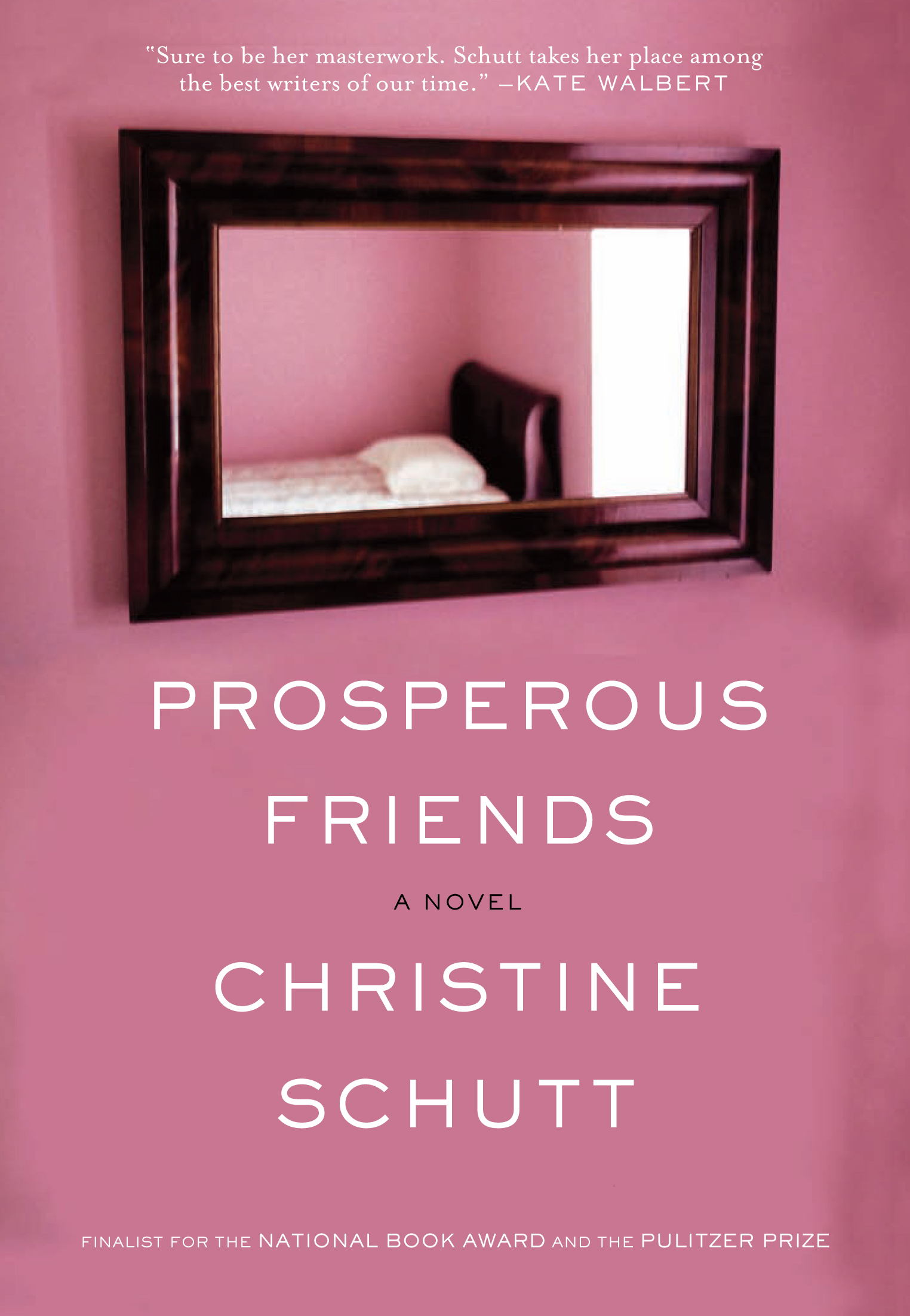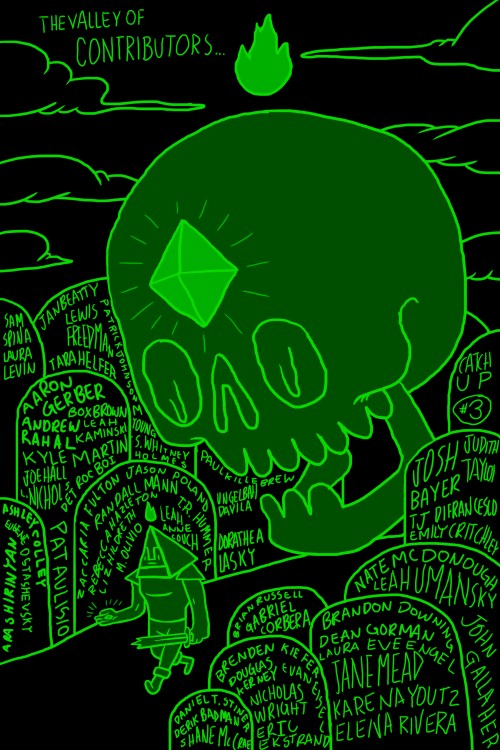SCIENCE

If there was one poet I wish I could write like it, it might be Emily Toder. Her poems are empathetic, generous and open with an emotional intelligence that run laps around the world we are becoming in. She doesn’t demand or consume, she considers. Just look.
Today her first book, SCIENCE, has been released from the newly rebooted Coconut Books.
Read the first poem in the book that originally appeared in Sixth Finch. Then if you feel like I do, buy it here.
I think this may be my favorite book of the year. It could be yours too.
Elaborate Solutions to Problems that Maybe Only I Perceive as Problems, Part 1
Why don’t all our turn signals blink at the same rate?
That moment when I am waiting to turn left at the intersection and so are two cars in front of mine and three cars behind and all our signals are flaring and dying. I have terrible astigmatism, which smears the light across my vision. This effect is exaggerated by my dirty windshield. My light blinks and your light blinks and this light blinks and my light blinks and this light blinks and your light blinks. 1, 2, 3, 1, 3, 2, 3, 1, 2. What I mean to say is that the order changes. The relationship shifts. Some lights are faster than others. Say yours is faster than mine. So there is a time where we blink in alternating shifts. And then there is a time where we are blinking together. And then we slowly shift apart again, back to the time where we are blinking separately. This makes me feel a little ill.
It’s bad enough they blink at different times. They should at least keep the same rhythm. If we knew, at the intersection, that mine would go and then yours would go and then hers would go and then his and then we would do it all again then I could prepare myself for the sensation. What I can’t live with is what we have now, where everyone is blinking to a similar but very slightly different rhythm, so I never know what’s coming next, or where, only that it’s coming.
But it would be best if all our signals could signal at once. “Left,” they would say. “Left, left, left.” And then these others, at the same time, on the same beats, would say “Right, right, right, right.” The ideal tempo is something for the Congress to determine. What we can do is we can build a little device into every car that receives a signal from say a network of radio antennae. Or possibly this could be piggybacked through cellular towers, GPS satellite signals, or etc. What the signal will say is, “Now, now, now, now,” forever. What the device in our cars will do is it will tell our signals when to flare. “Now, now, now, now,” they will say. When you flick the switch that activates your car’s turn signal there will be a very slight delay as said car, listening to said transmission, waits for the next beat. “…now, now, now, now.” And so the chaos at the intersection will end, and I won’t feel so much like throwing up when I drive. And consider, as an additional benefit, how beautiful this will look from the sky: the USA, as seen from above, will be bright, and then a little brighter, as collectively we signal. Left, right, now, left, right, now, now, now. Bright, and then a little brighter.
Robinson Alone: An Interview with Kathleen Rooney
1. Excuse me for beginning with a rather longish question. Weldon Kees and Robinson are so durably linked, a bit inexplicably since Kees created a great deal of art, and “Robinson” appears in but four poems (to my knowledge). What is it about Robinson that emits such power? To borrow a term from Kees, what does it mean to be “Robinsonian?”
Actually, one of the things that makes those poems so compelling and unsatisfying is that there are four of them. If Kees had followed the rule of threes, then they’d probably be known as the Robinson Trilogy, and that would be that: done. But there’s something about there being four of them that calls for addition. Four is a bad luck number in Japan associated with death. I think that I—and other people who’ve done individual Robinson poems over the years since Kees vanished—read the fact that there are four of them as a kind of permission or even an invitation to take over. Like he’s saying “Obviously, guys, I wasn’t finished.”
As to what it means to be Robinsonian, not to be glib, but the poems in Robinson Alone are kind of an attempt to figure that out. Kees’ Robinson is stylish, worldly, and extremely anxious, but these are four very mysterious poems that present themselves as mysteries that open up onto other mysteries.
2. What is your opinion on fame in a writer’s life? Follow up: would you like to be famous?
Wait—you mean I’m not famous?
J/k! Fame in a writer’s life and fame in general is fascinating, but as an ontological state that a person has to inhabit, it seems dangerous—a trap. Last Fall, I read Eileen Simpson’s excellent memoir Poets in Their Youth which is about her marriage to John Berryman, but it’s also about how so many of those mid-century poets who were Kees’ contemporaries—Berryman, Randall Jarrell, Robert Lowell, and Delmore Schwartz—wanted to be, and sometimes were, famous. Simpson makes it sound as though any position along the fame spectrum—wanting it, thinking you deserve it, pursuing it, getting it, losing it—made them fairly miserable, although, of course, they thought fame would make them happy. I want my books to be read and I want people to have heard of me, but fame as such is not a thing I “want.”
3. I sometimes think contemporary poets have little understanding of prosody, classical forms, the structural history of poetry. You (as did Kees, of course) seem to have a very strong understanding of these techniques. Why is this important to your poetry?
Valley of the Dolls
I’ll admit that I giggled when Miley cut her hair and her twitter fan said she looked butch. I laughed when Britney went loco and shaved it all off. Hair seems to be the number one method of rebellion for the Disney starlets, this host of young women who grow up in front of the camera with overly white smiles and innocent girlish good-looks (often dimples), and then completely implode in the most public way possible. Yes, of course, these girls seek out stardom, and there will always be young kids who will do anything to get on TV or have their fame moment online, particularly now in this image-saturated techno age. And there will always be parents who will push their child from the moment they can walk to be a triple singing-dancing-acting threat. But what really intrigues/confuses me is this idea of the spectacle itself, the way in which there is an intense focus placed on these young women as they mature from kids to teenagers to young adults: it’s a coming-of-age that comes with a side of anti-depressants and multiple rehab trips – but it serves as global entertainment – whether it’s taking place on the Disney set, or through leaked grainy mobile bra pics and indiscretions at the Chateau Marmont.
October 19th, 2012 / 6:45 am
You Should Catch Up
Catch Up Issue 3 is available for preorder. You can read/hear work from past contributors in their rad Bonus Round. Brought to you by the hard working folks at Gold County Paper Mill.
Poetry Is Dead, I Killed It.
Poetry Is Dead, I Killed It. from Mathew Timmons on Vimeo.
Poetry Is Dead, I Killed It.
Insert Blanc Press insertblancpress.net
Movie by Nick Flavin, Ben Rodkin, & Mathew Timmons.
Sound recorded by Sonia Parada.
Featuring Vanessa Place & Ben White.
Also appearing: Amanda Ackerman, Mashinka Firunts, Danny Snelson, Joy Decena, Teresa Carmody, Harold Abramowitz, Jackqueline Frost, Kim Calder, Andrea Quaid, Suzanne Adelman, Christopher Russell, Greg Curtis, & Stephen Van Dyck.
Live-Tweet The Shining, Pants the Moon
 Deep in the throat of the internet, a movement is rising. This movement has a cruel ass need to lay down a laugh track over bloody human tragedy. They’ve already taken their fight to space. Now, on October 28th, they prepare to plague down on Sidewinder, CO via Twitter. Read their intentions!
Deep in the throat of the internet, a movement is rising. This movement has a cruel ass need to lay down a laugh track over bloody human tragedy. They’ve already taken their fight to space. Now, on October 28th, they prepare to plague down on Sidewinder, CO via Twitter. Read their intentions!
A few months ago hundreds of funny, smart tweeters got together all over the USA to LIVE TWEET 2001: A Space Odyssey. It was LIFE AFFIRMING and fun and hilarious and it’s time to do it again!
On Sunday, October 28th, at 7pm MST join Elisa Gabbert (@egabbert) and Sommer Browning (@vagtalk) in Live Tweeting THE SHINING!!
We’ll start the film precisely at 7pm Mountain time (that’s 9pm for you Easterners, 6pm for West Coast & 8pm for Middlekins…I don’t know why I said Middlekins or why I’m teaching you about how time zones work.)
This is going to be the most fun you’ve had since you stopped going to church.
Hashtag: #redrum
Laugh at other peoples pain and join the movement of Sommer Browning and Elisa Gabbert here. And don’t forget to look for the bullshit. The moon is a liar.
Now Available: [out of nothing] #0: theoretical perspectives on the substance preceding [nothing]
Super excited about the release of [out of nothing] #0 guys. Yes, disclaimer: it’s a project that I co-edit, but this is our first print issue and it’s pretty kickass. It’s got some awesome work by some awesome writers including Vanessa Place, Bhanu Kapil, Maxi Kim, & Nick Montfort. Plus, it’s got guest appearances from Walter Benjamin, Jean Baudrillard, Jacques Derrida & Søren Kierkegaard.
The official release is November 1st, but there’s a sweet pre-sale deal going on starting today and going until October 31st. You can get the issue for just $10, plus a personal communication from one of the issue’s guest editors / commentators (ie. Walter Benjamin, Jean Baudrillard, Jacques Derrida, Søren Kierkegaard; chosen at random) as well as a postcard commemorating the publication of [out of nothing]‘s first print anthology. Check it out.
More information on the presale and issue here and here.
Check out past issues of [out of nothing] here.
Also exciting, is the launch of [outward from nothingness], our new blog where there will be various conversations, interviews, and supplementary materials. Just up, an interview with Jacques Derrida.
***
Now Available:
Issue #0
theoretical perspectives on the substance preceding [nothing]

144 perfect-bound pages of new work from:
Danielle Adair / Maureen Alsop / Amina Cain & Jennifer Karmin /
Laton Carter / John Cleary / Debra Di Blasi / Mark Ge /
Nicholas Grider / Bhanu Kapil / Maxi Kim / Ian M McCarty /
Nick Montfort / Gerard Olson / ShoneOne / Vanessa Place / Chris Sylvester /
Tom Trudgeon / Laura A. Vena / Christine Wertheim / Jared Woodland
Guest editing and commentary provided by:
Walter Benjamin / Jean Baudrillard / Jacques Derrida / Søren Kierkegaard
Introduction by Jon Wagner
Book design by Joe Potts
. . . . . . . . . . . . . . . . . . . . . . . . . . . . . . . . . . . . . .
READ MORE >
Everything is Beautiful and We Bother Because We Need To: On Lit Journals
This is in response to Mike Kitchell’s recent piece “Everything is fucked and why do we bother,” (damn, that title looks bleak in isolation) questioning the need for so many lit journals; for historical precedent note last year’s ToBS round in which Melissa Broder deemed being editor-in-chief of a lit journal more akin to being “editor-in-chief of a blogspot,” which, maybe I would amend that to Tumblr, but still a worthy invective for our day and time, in which lit journals elicit such teeth-gnashing blog post titles as Mr. Kitchell’s, to say nothing of such statements at large…. READ MORE >
An Interview with Christine Schutt

 Christine Schutt is the author of two short story collections, A Day, A Night, Another Day, Summer and Nightwork. She is also the author of two novels: All Souls, which was a finalist for the 2009 Pulitzer Prize, and Florida, a finalist for the 2004 National Book Award. With Diane Williams, she edits the literary journal NOON. Her new novel, Prosperous Friends, will be published by Grove Press on November 6.
Christine Schutt is the author of two short story collections, A Day, A Night, Another Day, Summer and Nightwork. She is also the author of two novels: All Souls, which was a finalist for the 2009 Pulitzer Prize, and Florida, a finalist for the 2004 National Book Award. With Diane Williams, she edits the literary journal NOON. Her new novel, Prosperous Friends, will be published by Grove Press on November 6.
Michelle Y. Burke is the author of Horse Loquela, winner of the 2007 Red Mountain Review Chapbook Series Award. She lives in Cincinnati.
Burke: One of the things I admire most about your writing is how it sounds. Your sentences are so rich and lyrical. To what extent are you thinking about sound when you’re writing?
Schutt: I do think about sound. What I want to do is wed sound to scene. What comes first is a picture. READ MORE >




